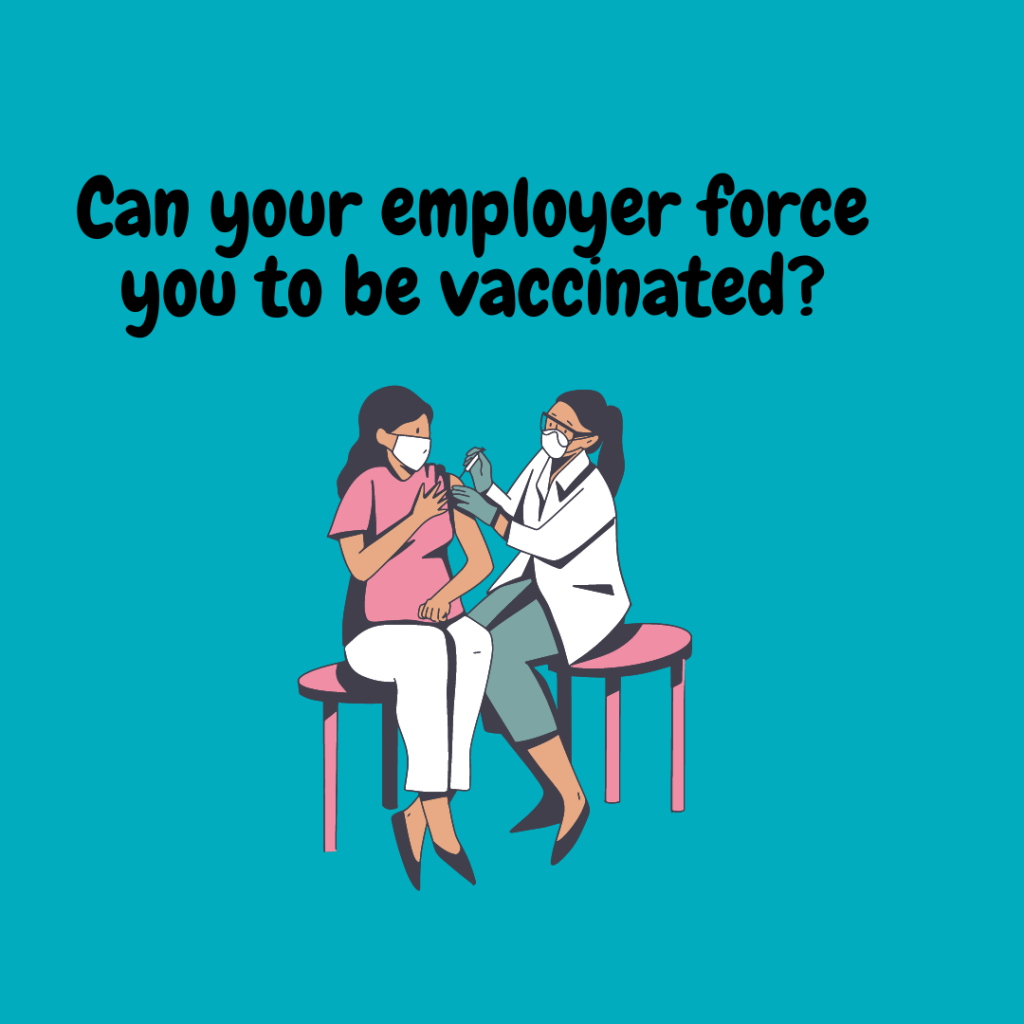
Work stressing you out?
The workplace has become a very stressful environment for many employees. The Australian workforce has an increasing number of employees who experience depression, anxiety and substance abuse issues. Those in professions such as legal, medical and emergency services may experience higher levels of psychological injury at work due to the trauma they are exposed to (whether directly or vicariously).
Psychological injury at work
This series of articles will discuss the duties of employers to prevent psychological injury at work, a recent decision in the law that explores the scope and operation of this duty, the impact of trauma, and tips to deal with vicarious trauma. We hope the series will better inform our clients and colleagues about psychiatric injury, trauma, and how to best take care of ourselves when dealing with it.
YZ (a pseudonym) v The Age Company Limited [2019] VCC 148
In February 2019, the Victorian County Court handed down an unprecedented judgement concerning an employer’s duty of care over an employee – specifically their duty as it relates to psychiatric injury. Judge O’Neill ruled that a newspaper breached their duty of care over a female journalist, who suffered from severe post traumatic stress disorder (PTSD), because they had failed to provide a safe workplace.
“unprecedented judgment concerning an employer’s duty of care over an employee”
The plaintiff, given the pseudonym YZ, claimed damages for psychological injuries sustained whilst employed from 2003 to 2013 as a journalist at Melbourne newspaper, The Age. She commenced working for The Age at age 27, as a relatively young and inexperienced journalist. From 2003 to 2009 she was a crime reporter covering and investigating distressing crimes including murder, rape and assault. YZ was regularly exposed to traumatic events, and vicarious trauma. She attended crime scenes, investigations and police searches, funerals of high profile people and victims of crime and the Black Saturday Fires. The plaintiff was regularly required to “intrude” – visiting victims and perpetrators of crime, questioning them and their family (including at funerals). YZ was threatened by Melbourne underworld figures because of her reportage and at one point her phone was tapped. The plaintiff dealt with calls from people threatening suicide. The plaintiff submitted that by 2009 she had attended 32 murder scenes, often seeing the body. Some of the articles that the plaintiff was required to write for The Age were never published, as editorial staff believed that the content was too distressing.
“I’m done, I can’t do this anymore.”
In February 2009, after reporting on a particularly heinous murder of a child, the plaintiff stated to her employer that “I’m done, I can’t do this anymore. I have had enough of death and destruction.” She was transferred to Sports Journalism at The Age, where she remained until April 2010.
Employee pressured to change job role
In April 2010 the plaintiff, pressured by her employer, commenced a role as the Supreme Court reporter. Here she witnessed crime scene evidence, victim impact statements and witness statements – often about crimes she had previously reported. The plaintiff recalls witnessing a number of trials and sentencing hearings. In 2013, the plaintiff could not handle her role anymore, took a voluntary redundancy and left The Age.
Throughout her time at The Age, the plaintiff was directly exposed to an extreme and constant level of trauma. She also experienced vicarious trauma – the transformation of a person as a result of working with others traumatic experiences. Justice O’Neill commented that her exposure was “substantial”.
Nightmares, flashbacks, anxiety, panic attacks
In the course of her employment she suffered symptoms such as depression, nightmares, flashbacks, anxiety, panic attacks, sleeplessness, abuse of alcohol and stomach issues. Over the course of her employment, the plaintiff was regularly distressed in front of her colleagues including editors and other staff. She informed senior editors from 2010 onwards that she was struggling. She took holidays to try and relieve her stress.
The plaintiff accessed her EAP in 2007, attending a psychologist regularly from 2009. The plaintiff was eventually diagnosed with PTSD caused by her repeated exposure to traumatic events and traumatic stress.

Judgment
Justice O’Neill found in favour of the plaintiff, awarding her $180,000 in damages for pain and suffering (there was no claim for economic loss). He found that:
- The plaintiff suffers from a recognised psychiatric illness (PTSD);
- The risk of psychiatric illness was reasonably foreseeable; and
- The Age failed to take reasonable steps to avoid or diminish the risk of psychological injury to the plaintiff.
Whilst the decision received a lot of attention due to the subject matter of the case and the unprecedented scope of the decision, it is also a worthwhile opportunity for practitioners to remind themselves of the scope of the duty on employers.
Foreseeability of psychological injury
Justice O’Neill summarised the following general principles concerning the foreseeability of psychiatric injury:
- The duty of care which an employer owes is a duty to the individual employee, and is engaged if psychological injury to the employee is reasonably foreseeable – that is, a risk which is not far fetched nor fanciful.
- The starting point for any analysis as to the content of the duty of care in a case such as this, involves consideration of the fundamental aspects of the employment relationship between the plaintiff and The Age.
- In examining the employment relationship, factors which are relevant include:
- The presence of any signs from the employee, whether express or implicit, that he or she was at risk of developing psychiatric injury;
- The specific nature of the tasks required to be undertaken by the employee.
- All employers cannot be expected to recognise that all employees are at risk of psychiatric injury from work duties. The issue as to whether such a risk should have been recognised in any particular instance depends upon consideration of all the circumstances.
- The test of whether an employer acted reasonably involves an assessment of the degree of probability that the risk of psychiatric injury may occur, even when the reasonable foreseeability test has been satisfied. In making such a determination, it is appropriate to take account of the fact that in a case involving the infliction of psychiatric injury:
-
- The presence and/or significance of the risk of injury may be less apparent than in the case of physical injury;
- Whether a risk is perceptible at all may depend upon the vagaries and ambiguities of human expression and comprehension;
- Whether a response to a perceived risk is reasonably necessary to reduce or eliminate that risk, should take account of the fact that steps to reduce the risk of psychiatric injury are likely to produce a less certain outcome than the mechanical alteration of a physical environment in the case of physical injury;
- The private and personal nature of psychological illness makes it difficult in many instances for an employer to discharge its duty;
- The dignity of employees and their entitlement to be free of prying enquiry and intimidation are relevant to the content of that duty;
- Complex issues arise as to when and how intervention by an employer to prevent mental illness should occur.
Risk of psychiatric injury
Justice O’Neill was satisfied of the risk of psychiatric injury of the plaintiff was reasonably foreseeable to her employer. He had three bases for this decision.
Firstly, the subject matter of what the plaintiff was required to investigate and report on were of such a traumatic, violent and disturbing nature that in the Court’s opinion it would have been relatively obvious to a reasonable employer that the cumulative effect of that exposure would create a risk of psychological injury at work (being PTSD or something similar).
Secondly, the employer was on notice because of a number of publications, articles and reviews of the profession which indicated the increased risk of those working in the field to psychiatric injury. The Age had conducted some internal reviews into the issue, and had received repeated advice (externally and internally from senior management and editors) on the risks of exposure to trauma and the need to take steps to prevent psychological injury.
Finally, the plaintiff herself made complaints about, and manifested real signs and symptoms of emotional distress on a number of occasions. The Court found that it ought to have been relatively clear to the employer than there were signs of the development of a psychological disorder. The plaintiff was exhausted, distressed and crying on a reasonably regular basis. Justice O’Neill noted that it was more than an isolated emotional reaction to a traumatic story. He determined that the signs and symptoms of PTSD were obvious from 2007 onwards.
Scope and content of the duty owed
The Court then went on to discuss the scope of the duty owed to the plaintiff, and its content; that is, what are the steps that should have been taken by The Age to protect the plaintiff from psychological injury.
The duty can be considered two-fold; proactive and reactive steps must be taken. In this case, The Age should have taken steps to devise, institute and enforce a safe place of work, and a safe system of work to avoid exposing workers to unreasonable risks. They should also have reacted appropriately to the symptoms that the plaintiff displayed and complained of.
Justice O’Neill was satisfied that the following steps should have been taken by The Age to protect the plaintiff from psychological injury:
- Training and instruction to all new journalists (particularly those young and less experienced) as to the nature of trauma, suffering and distress they would be exposed to;
- Training of senior staff in trauma awareness and the ability to detect symptoms in reporters and colleagues;
- Greater recognition and implementation of literature and reviews, and acceptance of risk management reviews that were undertaken;
- Implementation of risk management tools including a peer support program and psychologist;
- Structured boundaries and guidelines for journalists about how to deal with certain events including “intrusions”, how to debrief, how to deal with distress and how to approach criminals;
- Establishing a program for employees to access immediately after experiencing a traumatic event. The plaintiff experienced significant delay in speaking with the EAP, and also felt that she could not speak freely and openly to the service as it was provided by her employer;
- The Age should have considered programs that were available at institutions such as the ABC and BBC that supported journalists;
- Steps should have been taken to change the culture at the employer of not speaking out about psychological symptoms and distress. Many journalists, including the plaintiff, felt they could not speak openly about their struggles due to ongoing redundancies in the industry. The environment should have been one (led by senior editors and management) where it was encouraged to talk about tragedy and trauma.
- When a reporter complains of and expresses symptoms of psychological injury, careful considerations ought to have been given to removing her from the source of trauma. There should have been a clear policy, known to management and reporters, that if someone was finding it difficult or suffering distress as a result of exposure to traumatic events, management would be understanding of the employee being transferred to another area.
- Finally, the plaintiff should not have been encouraged or pressured to transfer to become a court report – she had expressed prior inability to deal with the material she was exposed to as a crime reporter, and her employer was aware of this.
The Court was satisfied that had these steps been implemented, it was more probable than not that the plaintiff would not have suffered injury.
Summary
The landmark ruling in this case is expected to have national, if not international repercussions. It is believed that the judgment is the first time globally that a news organisation has been found liable for a reporter’s workplace PTSD. Media companies are now on notice, with the risk of facing claims for psychological injury at work, if they fail to take care of staff who cover traumatic events.
However, all employers should take this decision seriously, and consider the duty they have over their employees when it comes to psychological injury at work and exposure to trauma. The judgment was at times scathing of The Age’s negligence, and did not hesitate to pinpoint key areas that they could have, and should have improved on.
Similar claims have historically been brought by emergency service workers. However this decision has the potential to encourage employees from many other industries to pursue claims for a psychiatric injury they have suffered in the course of their employment.
Gone are the days of telling an employee to “suck it up” – employer’s have a responsibility under the law to protect their employees. They should do this proactively and retrospectively; failure to do so increases liability. Moreover, healthy and happy employees make for a well functioning, efficient and productive workplace.
For help dealing with depression and anxiety visit Beyond blue
Burnout and Employment Law: Your Rights and Options for Managing Stress
Resolution123 can help with any employment law matters.




